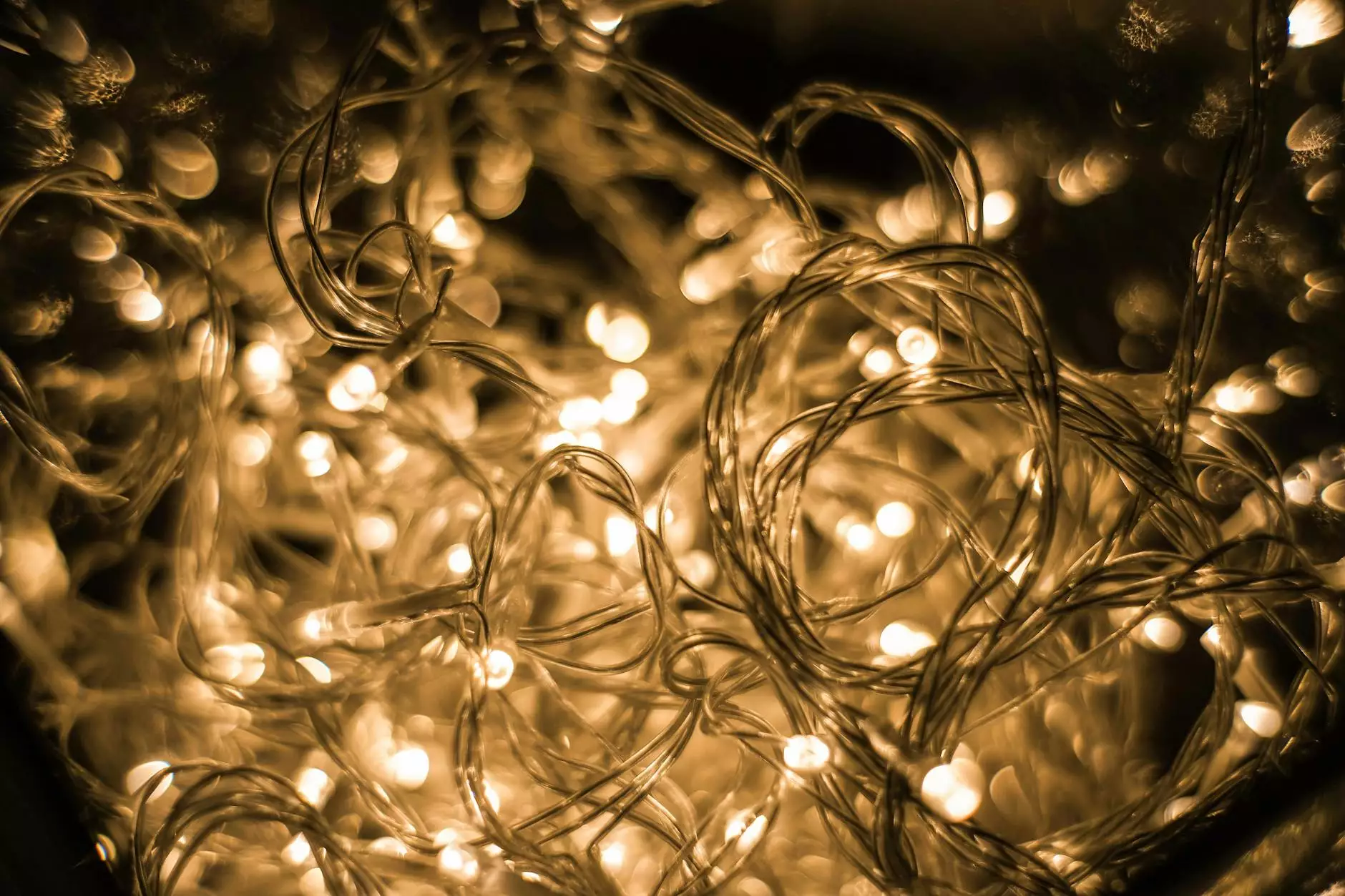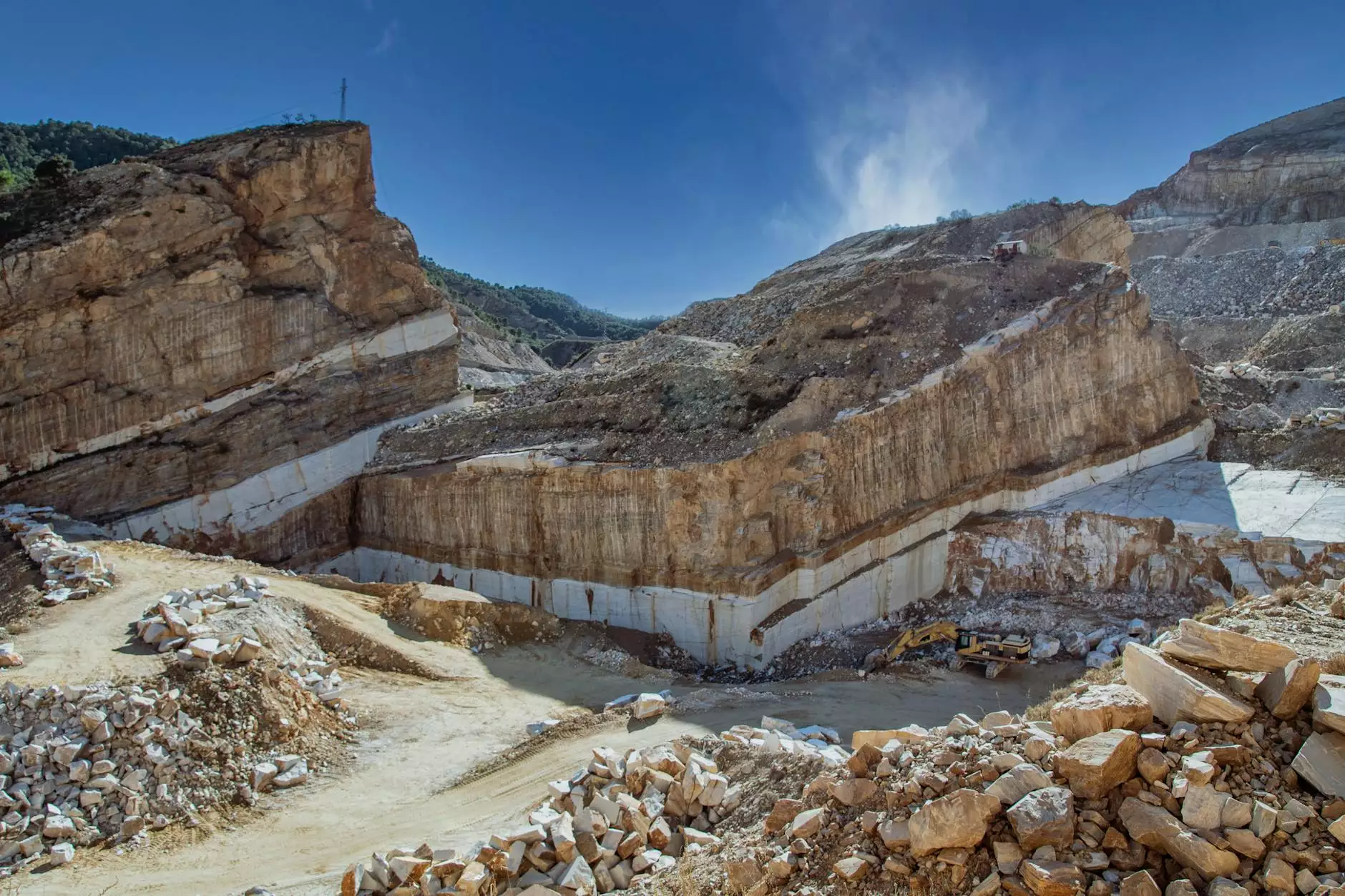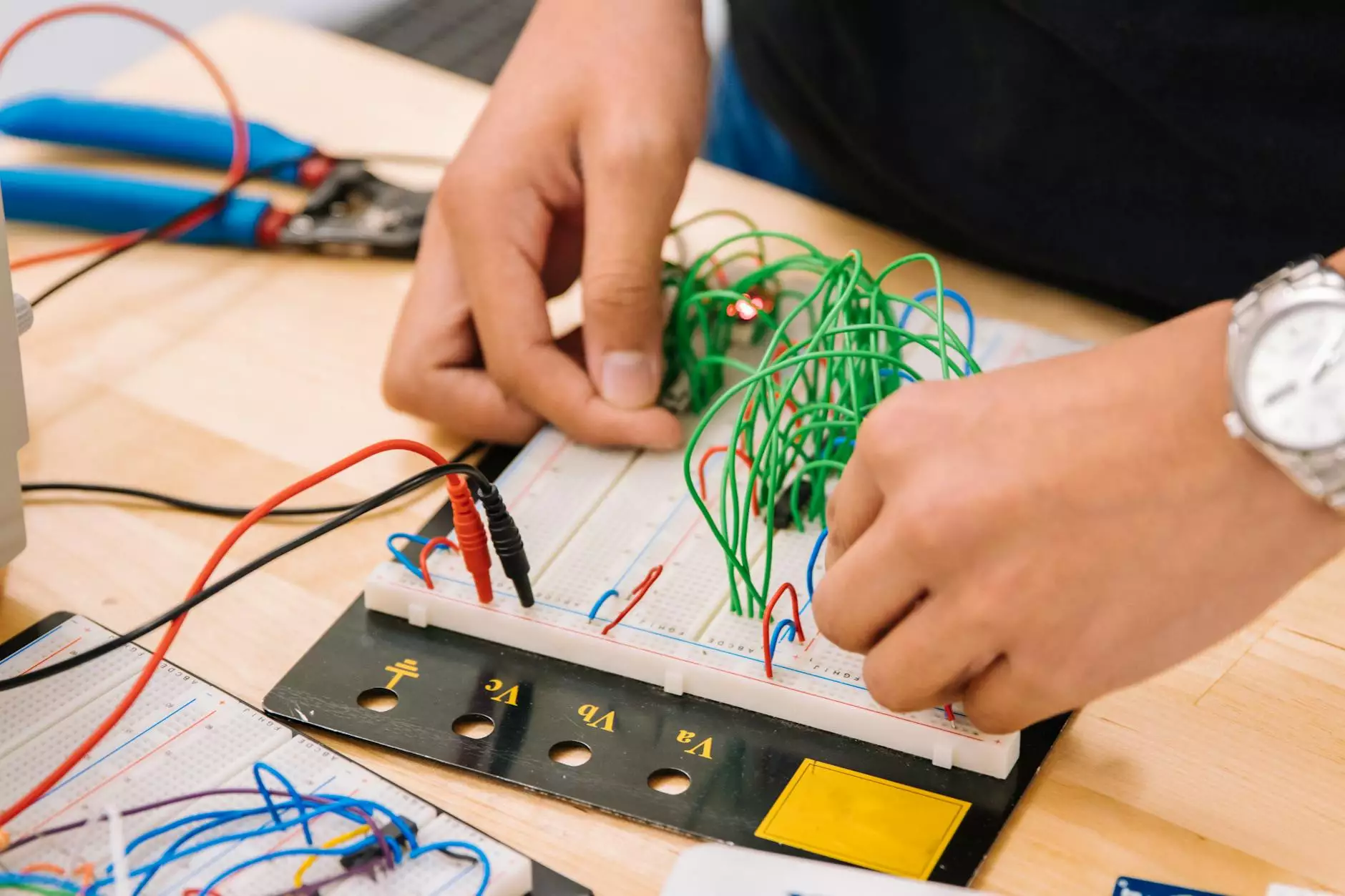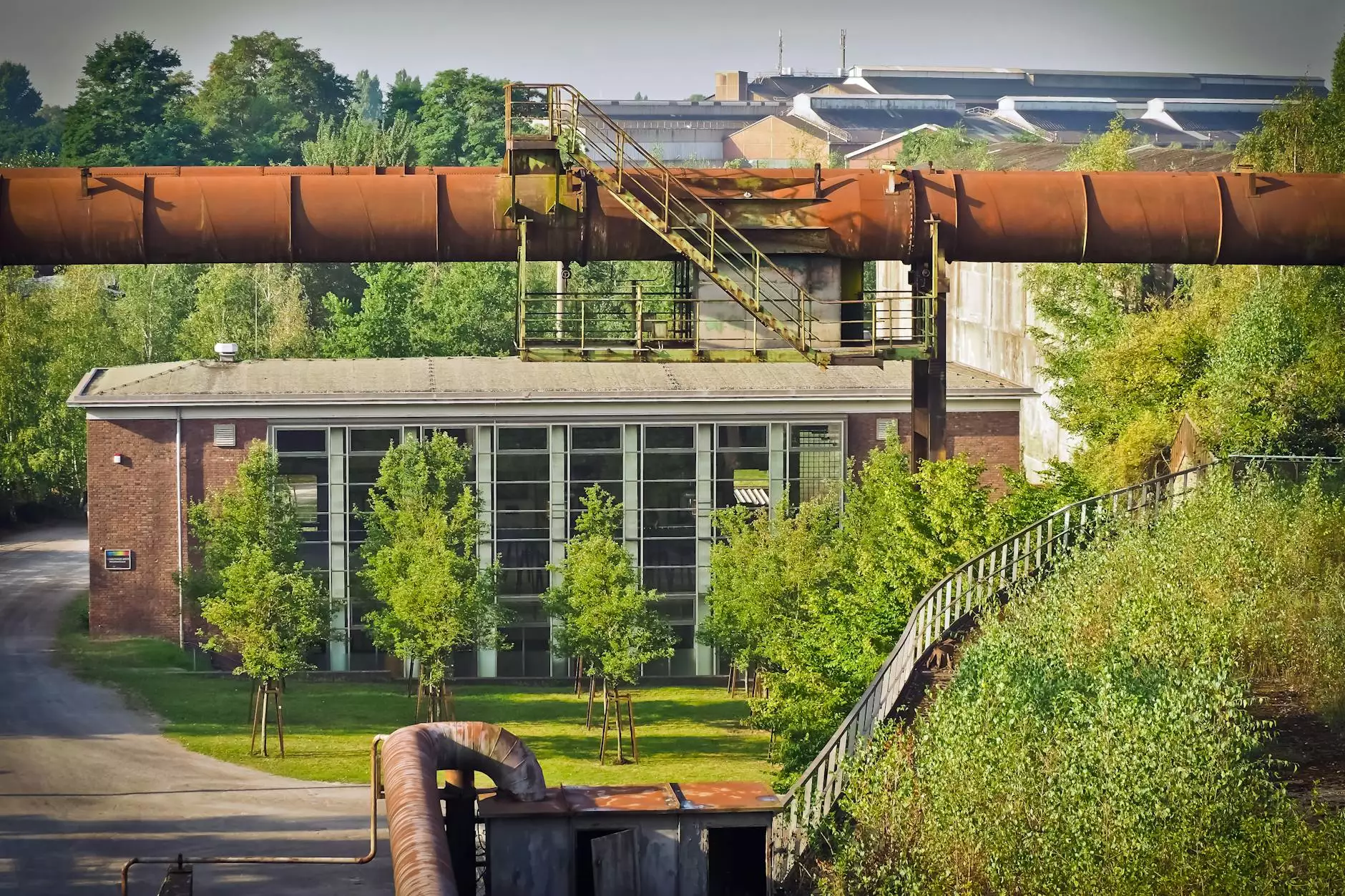Exploring the World of Light Installation Art

In recent years, light installation art has emerged as one of the most captivating forms of contemporary art. This unique art form utilizes various light sources to create stunning visual displays that alter the perception of space and engage audiences in profound ways. From dazzling cityscapes to intimate gallery shows, light installations challenge our understanding of art and the environments in which they inhabit.
Understanding Light Installation Art
Light installation art is not merely about the aesthetics of illumination; it embodies the intersection of technology, creativity, and audience interaction. This genre of art expands beyond traditional two-dimensional works, incorporating three-dimensional installations that invite viewers to walk through, around, and in some cases, even participate in the artwork itself.
The Origin of Light Installation Art
The roots of light installation art can be traced back to the early 20th century, with notable movements such as Futurism and Constructivism paving the way for artists to experiment with light as a medium. However, it was during the late 1960s and 1970s that this art form truly blossomed, driven by technological advancements in lighting and a growing fascination with abstract art. Artists like Dan Flavin, who famously used fluorescent tubes, defined this new direction and opened doors for future generations to explore the potential of light.
Key Elements of Light Installation Art
When delving into the world of light installation art, several key elements are essential to its creation and impact:
- Light Sources: Different types of lighting, including LED, neon, and projection, play a crucial role in shaping the visual experience.
- Spatial Awareness: Artists consider the architecture of the space, using light to enhance, transform, or challenge it.
- Color and Temperature: The use of color not only affects aesthetics but also influences the mood and emotional response of the viewer.
- Interactivity: Many installations invite viewers to interact, making the experience personal and often immersive.
- Technological Integration: Modern installations frequently employ technology, including sensors and digital media, to create dynamic environments.
The Role of Technology in Light Installation Art
The integration of technology has revolutionized the creation and experience of light installation art. Artists today have access to a wide array of tools, allowing them to push boundaries and experiment with new ideas. This technological evolution has led to:
- Real-time Interactivity: Installations can respond to audience movements or sounds, making the artwork feel alive.
- Projection Mapping: Artists can project images onto surfaces, creating immersive experiences that blend the physical and digital worlds.
- Remote Control and Automation: Artists can control light changes remotely, allowing for complex, choreographed displays that engage viewers over time.
Prominent Artists and Their Contributions
Several contemporary artists have made significant contributions to light installation art, carving out their own unique niches and expanding the genre's possibilities:
1. Olafur Eliasson
Olafur Eliasson is renowned for his stunning installation works that often incorporate natural elements alongside artificial light. One of his most famous works, "The Weather Project," utilized a giant semicircular sun made of lights to recreate an ethereal atmosphere within the Tate Modern, engaging visitors in a collective environment of reflection and awe.
2. James Turrell
Another pioneer, James Turrell, explores light as a medium in itself, using it to shape our perceptions of space. His works often involve architecturally designed spaces that manipulate natural and artificial light to guide the viewer’s experience, allowing them to encounter the sublime in its many forms.
3. Dan Flavin
The late Dan Flavin is celebrated for his minimalist fluorescent light installations. His innovative use of light to define space and alter perception established a foundation upon which many contemporary artists build today. His work often emphasizes the direct relationship between the viewer and the light, creating a sense of contemplation and dialogue.
The Impact of Light Installation Art on Society
Light installation art holds immense potential to influence society on multiple levels:
- Urban Development: Many cities have adopted light art projects in public spaces, revitalizing urban areas and promoting community engagement.
- Cultural Awareness: Light installations often reflect cultural narratives, sparking dialogue about social issues, identity, and history.
- Education and Engagement: This art form provides unique opportunities for educational programs that engage audiences and inspire future generations of artists.
Experiencing Light Installation Art
Engaging with light installation art is a journey that varies greatly depending on the context in which it’s presented. Here are some ways audiences can experience this dynamic art form:
1. Gallery Exhibitions
Many contemporary art galleries feature dedicated spaces for light installations, allowing visitors to witness these works up close. These exhibitions often include informative signage that provides context and encourages exploration.
2. Outdoor Festivals
Light festivals have gained popularity in cities around the world, showcasing large-scale installations that illuminate urban landscapes. Events like the Festival of Lights in Berlin or Vivid Sydney celebrate light art and attract visitors worldwide.
3. Site-Specific Installations
Some artists create installations in unique locations, transforming the environment and inviting spectators to engage with both the artwork and the space. These site-specific pieces often tell stories or reflect the cultural significance of the surroundings.
How to Get Involved with Light Installation Art
For those looking to delve deeper into the world of light installation art, there are several avenues to explore:
- Attend Workshops: Many cultural institutions and art schools offer workshops on lighting design and installation, allowing individuals to gain hands-on experience.
- Support Local Artists: Engaging with local artists and initiatives that focus on light art can foster a vibrant community and encourage new projects.
- Visit Museums and Galleries: Make it a point to visit exhibitions that feature light installations, allowing for a direct experience of this evocative art form.
The Future of Light Installation Art
The future of light installation art is bright, literally and figuratively. As technology continues to advance, artists will likely explore even more innovative ways to engage audiences. The possibilities are limitless, ranging from interactive installations that involve artificial intelligence to eco-friendly practices that utilize sustainable materials and energy sources.
Moreover, as public spaces increasingly incorporate art, we can anticipate a surge in large-scale light installations that not only beautify areas but also foster community interaction. This evolution reflects a broader shift in how we understand and interact with art in our daily lives.
Conclusion: Embrace the Magic of Light Installation Art
Light installation art offers a unique lens through which we can explore the interplay of light, space, and human experience. As this art form continues to evolve, it challenges us to rethink our environments and our perceptions, inviting reflection and interaction. Embrace the magic of light art, and let it illuminate your understanding of creativity, expression, and the spaces we inhabit.
For those interested in exploring this captivating medium further, consider visiting grimanesaamoros.com to discover more about light installation art and its impact on contemporary culture.









